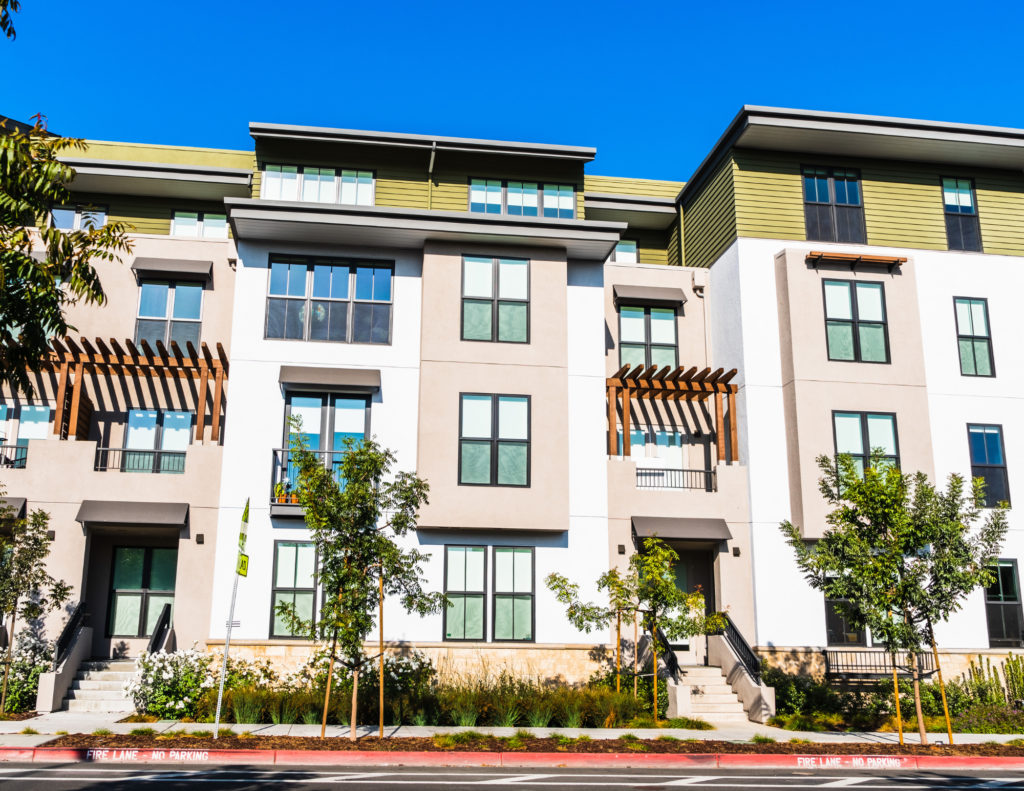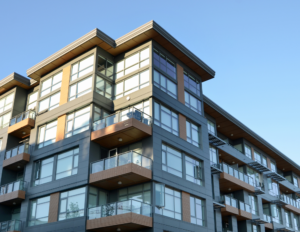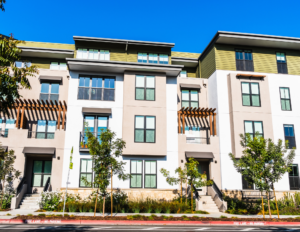The real estate market may present lucrative investment opportunities for those looking to diversify their portfolios and receive a steady income stream. Generally considered less volatile than the traditional stock market, real estate offers upside and benefits for risk-averse investors.
As many areas across the southeast continue to illustrate an overvalued housing market, many real estate investors and firms are focusing on multifamily investments.
Although some more risk-tolerant investors may opt to bank on the success of commercial properties, offices, retail venues, and single-family homes, those with multifamily real estate investments provide investors with a wide array of additional benefits.
From passive income and enticing tax benefits to reduced risk and scalability, participating in multifamily investments can help grow long-term wealth.
However, investing in rental or multifamily properties comes with its own unique set of challenges. As a result, firms must be armed with the necessary resources, capital, and expertise to offset costs and produce a profit for both themselves and their investors.
Maximizing the value of a multifamily investment is vital and can be accomplished in several different ways:
1. Renovating the Property
In today’s market, luxury sells. Individuals want to rent units that feature modern design elements, contain top-of-the-line appliances, and create an inviting atmosphere. When renovating a rental property, focusing on high-traffic areas can be the most cost-effective – this helps ensure that capital expenditures are going to spaces that tenants deem the most important.
Kitchens and bathrooms may require a large portion of allocated funds, but they provide a healthy return on investment (ROI). Even subtle changes such as a new backsplash, lighting fixtures, ceiling fans, and updated baseboards can go a long way in attracting potential tenants and increasing the property’s value.
Curb appeal is crucial when it comes to renovating a rental property. The physical exterior of the property, coupled with its landscaping design and upkeep, immediately causes individuals to make assumptions about the rental’s quality and the premises’ safety.
Simply applying a new coat of paint, replacing windows, or adding hedges and mature trees can leave a lasting impression that sets the property apart from the competition.
2. Evaluating the Management Team
Individuals that reside in multifamily housing have expectations that extend beyond the aesthetics of their unit. They not only require the property to be well-kempt and easily accessible, but they also expect fast turnaround times when it comes to addressing electrical or mechanical issues, repairing broken appliances, and handling water damage.
A skilled asset and property management team should be able to prioritize tenant concerns, hire outside contractors, establish meaningful relationships with residents, and collect rent payments promptly and efficiently.
The inability to perform these functions could lead to a higher resident turnover or unwillingness to agree to future rent increases or property maintenance projects.
3. Adjusting the Rent
Profiting from a multifamily investment depends on the ability to charge at, or above, current market rates. Many private equity firms discover that tenants were paying below the standard rent under their property’s previous ownership – this indicates the likelihood that prior investors were incurring a loss on their investment.
However, adjusting rent based on “loss to lease” calculations can quickly rectify this. By determining the difference between the current rent and the true market value of the rental unit, investors can establish the amount they must increase the rent to make a meaningful profit.
Although the rent is rising, it should remain within fair market value – overinflation can potentially lead to turnover and the loss of future tenants.
Multifamily real estate investments are advantageous for those individuals looking to capture a consistent cash flow within the real estate market. Consequently, working with an experienced sponsor can help investors identify potential multifamily investments that adequately meet their qualifications and have mitigated risks.
Contact D3 Real Estate today to learn more about investing in multifamily properties and maximizing the potential return on investment.




